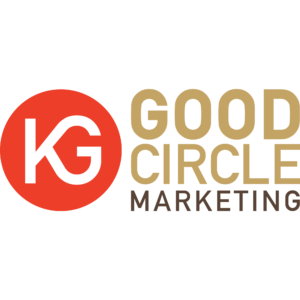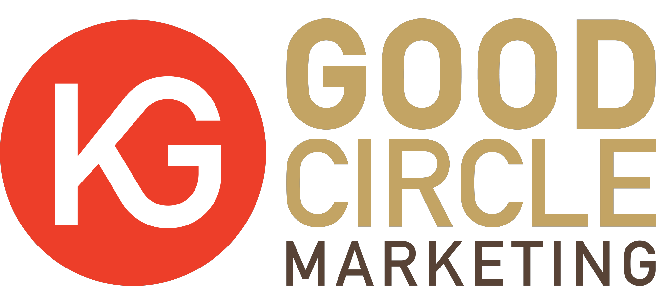Why a good logo is important.
Think about all the company logos you see daily. It’s a lot! Sometimes consciously, but mostly
sub-consciously, you have a connection to it. For the brands you prefer, you have a good feeling
when you see their logo. Why is this? It’s because those logos convey the values and essence of
a brand you connect with.
A good logo contains subtle cues to core values, products, and services. Here are some
examples.

Apple: There have been several iterations since the first logo in 1976. Apples were a favorite
fruit of founder Steve Jobs and there’s also speculation it was a nod to Isaac Newton, who
discovered gravity. The logo has been refined over the years because of Job’s penchant for
simplicity. The bite helps to distinguish the shape as an apple and not a cherry at small sizes.
And computers use bytes!

FedEx: Originally named Federal Express in 1973, the company’s name was abbreviated in 2000
to simplify it. The bold letterforms contain a not-so-hidden feature – a white arrow formed by
the “E” and “x” to represent quickness and the pursuit of excellence.

NBC: The peacock was first used in 1956 to highlight the network’s color programming. A
simplified version was introduced in 1986 to replace the original 11 feathers with six. The six
colors encompass the primary and secondary colors of the RYB color palette and represent
NBC’s six divisions. The peacock’s head was changed to look to the right to suggest embracing
the future.

Amazon: The yellow arrow conveys a friendly smile, and that Amazon sells virtually everything
–from “A to Z.”

Good Circle Marketing: The circle symbolizes our complete team of consultants. Red is the
color of vigor, vitality, energy, passion, activity, and courage. The KG ligature within the red
circle are the initials of our president and founder, Kathryn Good. The intertwined letterforms
evoke a heart – Kathryn has a heart of passion for service to the community.
So, what does your logo say about your company? Does it need to be simplified or refreshed?
Here are some key things to keep in mind:
1. Keep it simple – note the simplicity in the examples above.
2. Identify your core values.
3. Define your business in one sentence.
4. Describe what makes your company stand out from the competition.
5. Use color intentionally.
If you’re ready to get started, we’re here to help. Reach out to us!
